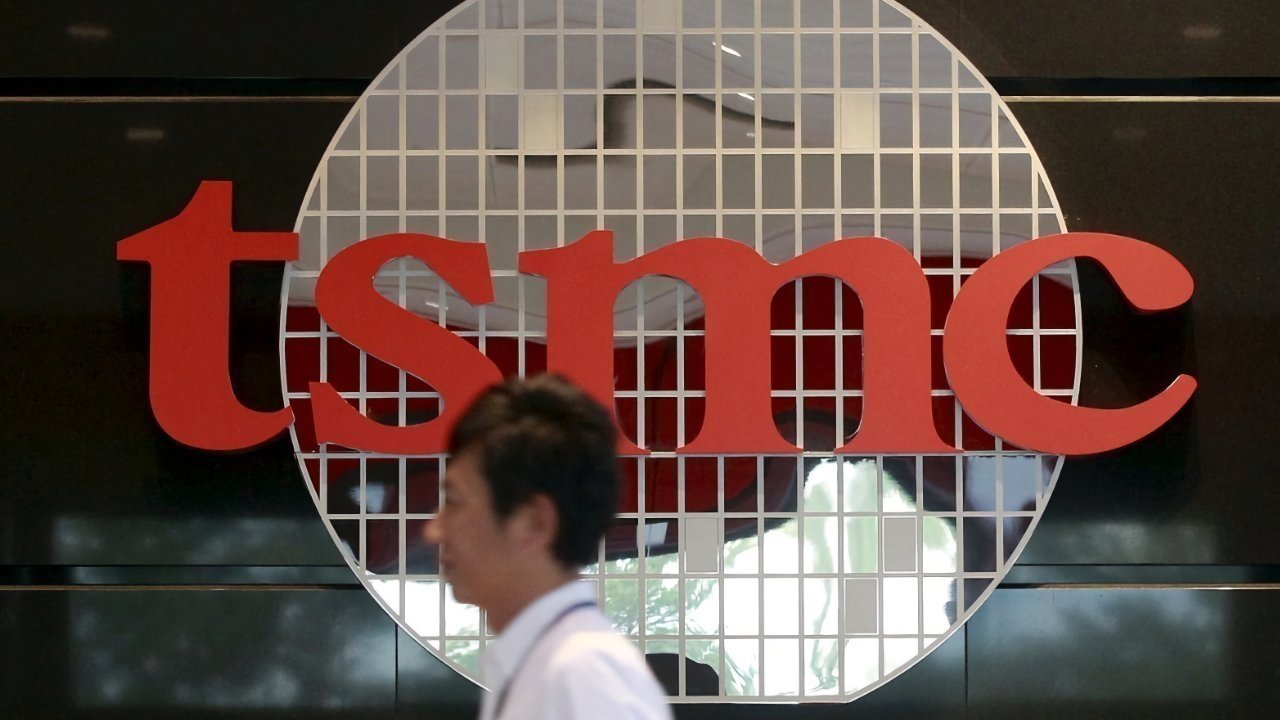Apple's processor manufacturer TSMC says that it can't find enough skilled workers to open its Arizona facility on time, and mass chip production will have to wait until 2025.
The Taiwan Semiconductor Manufacturing Company (TSMC) began work on a first factory in Arizona in 2021. Since then, the plant has seen safety concerns, complaints from TSMC about US taxation. and a claim that US staff don't work hard enough.
Most recently, the company announced that it was sending more Taiwanese workers to the US to manage the final stages of making the plant operational. Now according to Nikkei Asia, that move has proven insufficient.
"We are encountering certain challenges, as there is an insufficient amount of skilled workers with the specialized expertise required for equipment installation in a semiconductor-grade facility," said TSMC chair Mark Liu. "Consequently we expect the production schedule of N4 [4-nanometer] process technology to be pushed out to 2025," continued Liu.
The news comes alongside TSMC's latest earnings report, which shows that the firm's profits have fallen, though they are expected to recover when the iPhone 15 range launches. TSMC blames the results on a slow economic recover in China, and a downturn in the consumer electronics market.
"It's all about macroeconomics," C.C. Wei, TSMC CEO told Nikkei Asia. "In fact, higher inflation and interest rate [rises] impact demand in all market segments in every region in the world."
China's economic recovery is also slower than we expected," continued Wei. "While we have recently observed an increase in AI-related demand, it is not enough to offset the overall cyclicality of our business."
While TSMC has revised its estimate for when the Arizona plant will mass-produce 4-nanometer processors, the company is already making 3-nanometer ones that are expected to be in the iPhone 15 Pro and M3 Macs.
 William Gallagher
William Gallagher








 Christine McKee
Christine McKee
 Marko Zivkovic
Marko Zivkovic
 Mike Wuerthele
Mike Wuerthele

 Amber Neely
Amber Neely
 Sponsored Content
Sponsored Content
 Wesley Hilliard
Wesley Hilliard










23 Comments
They are FOS. I feel no pain for them. They chose Arizona, which in 5 years will be burned to a crisp and uninhabitable.
And their water demands will only further its demise.
Since July 1, Phoenix temperature has reached over 115 F every day. The forecast is this will continue nonstop. The early morning temperature is 90 F. How many skilled American workers will like to work in such environment?